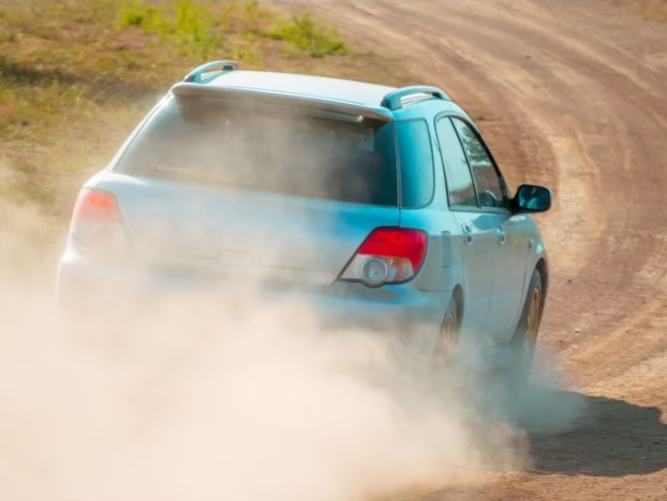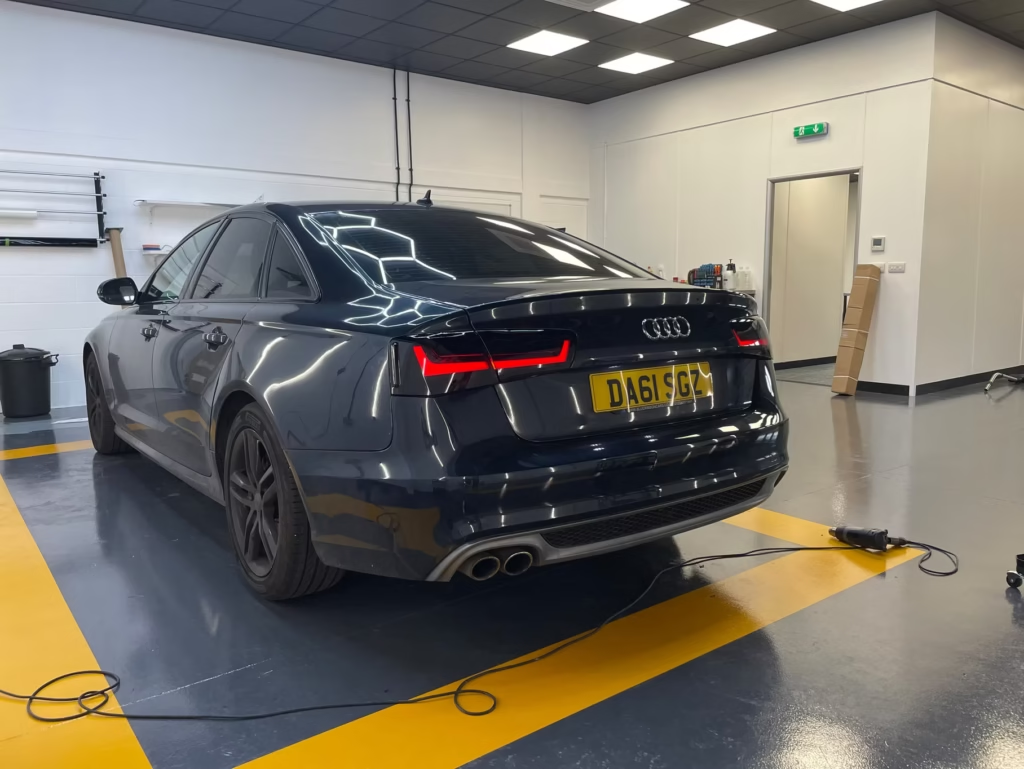// Should You Wrap Your Car With A Famous Livery?

A lot of motorsport is run under the principle that any vehicle that wins on Sunday will sell like hotcakes on Monday, but the same is true when it comes to the paint schemes as well.
Whilst it is true that not all winning cars have iconic liveries and some memorable paint schemes were never competitive, motorsport as a whole can provide a lot of customisation inspiration for car owners to add their own style and tastes to their cars.
In most cases, this is absolutely fine, but when borrowing from classic styles such as the Gulf racing colours, there are a few guidelines you might want to follow first.
Make Sure The Car Is A Good Fit
There are certain paint jobs that look fantastic on any car. The Gulf Racing Colours, the Martini Racing stripes and the iconic British Racing Green might be most famous on the Ford GT40, Lancia Delta Integrale and the Lotus F1 cars of the 1960s respectively, but they could be reasonably added to almost any other car.
This is not always the case, and whilst colours cannot and should not be limited to certain makes, there is an association that can be difficult to break.
The Subaru World Rally Team colours of dark blue and yellow do have an association with the Impreza that is difficult to break.
It might look a little incongruous if added, for example, to a Mitsubishi Lancer, particularly if you include the star cluster decals that are symbolic of the Subaru. It can work, but it may require some creative or lateral thinking.
Do Not Try To Make A Car Something It Is Not
If your car is not a Ferrari, it might not look great if it has a bright red wrap with the Prancing Horse on full display.
The colour itself is fine, and any colour scheme can be adapted for any car, but giving a car credentials it does not have can have the opposite effect than you might want.
Similarly, adding turbo motifs to a car without a turbocharger, adding fake air scoops and other examples of upbadging can be somewhat counterproductive. There are plenty of ways to maintain the aesthetic motifs without simply lying.
You do not necessarily have to stick to paint schemes from your car or car manufacturer’s history; not all Renaults need to be bright yellow, for example. But the racing history of a badge is often a great place to find inspiration.
Adapt For The Car You Have
Whilst it goes without saying that a car livery designed for an open-wheel racing car will not fit a saloon car without significant adjustments, adapting a design is not just about dimensions but ensuring that the characteristic details and decals are adjusted to match.
Part of the reason why the Martini colours, Gulf colours and national racing liveries are so popular is because they rely on a small number of iconic features that can easily be altered for different makes and manufacturers.
A trickier example would be the famous Porsche Pink Pig, an experimental statement of a livery that works best with unusually shaped sports cars but can be adapted with some creative license to almost any car.
Know What You Should And Should Not Change
Most great liveries are adaptable and can be altered slightly without losing any of the characteristic touches that make a particular livery special, so the best way to adapt a livery you like for your own car is to identify what is quintessential and what is superfluous.
The best way to think of it is like a football shirt; the names and numbers on the back can change, as can the sponsors, but the colours and fundamentals of the patterns need to stay where they are otherwise it is a whole new kit.
Even the best motorsport teams did not get this right every time; in 1986 the red of the red and white McLaren was replaced with yellow to advertise a different cigarette brand and it ultimately looked somewhat uncanny.
Similarly, Enzo’s blue Ferrari 158s in 1964 looked similarly strange; whilst a Ferrari road car looks fine in blue or any other colour, seeing a Ferrari racing car in anything other than “rosso corsa” looks almost uncanny.
However, this does not mean you are committed to including sponsor names and decals on an iconic racing design, especially since the racing teams themselves often changed said logos in order to avoid falling foul of sponsorship laws.
Looking for the top Vehicle Wrapping and Modification specialists in Yorkshire?
Get in touch with us today to see how we can help.



